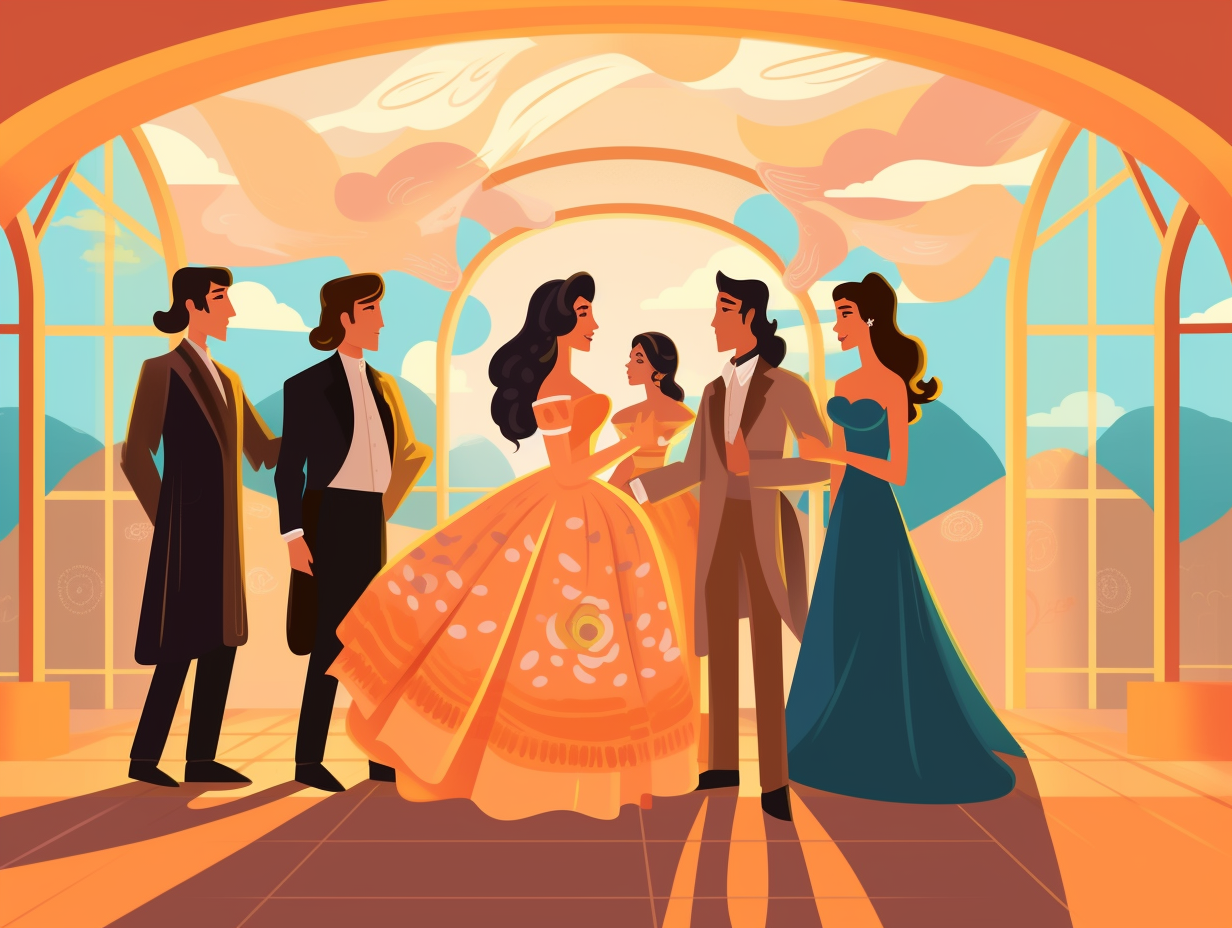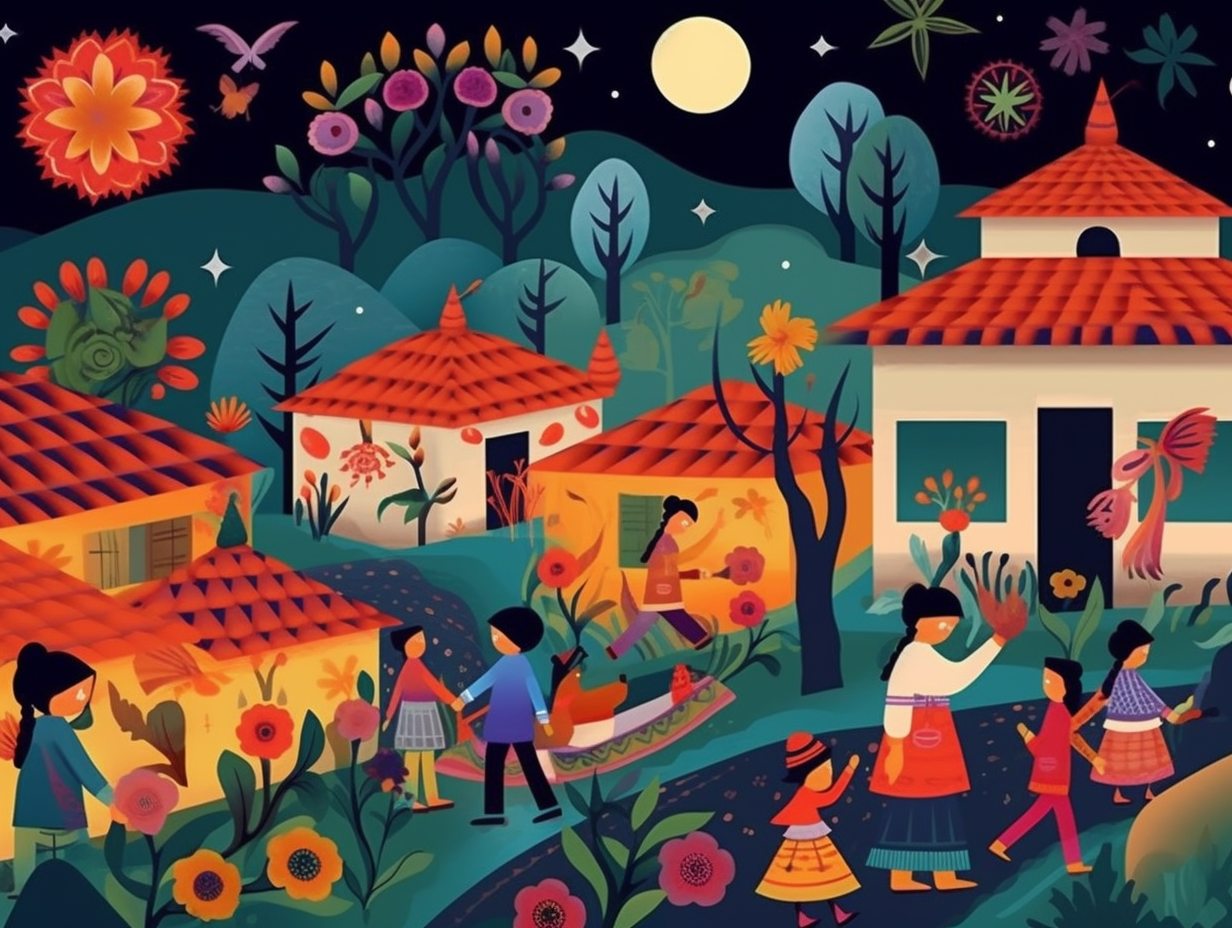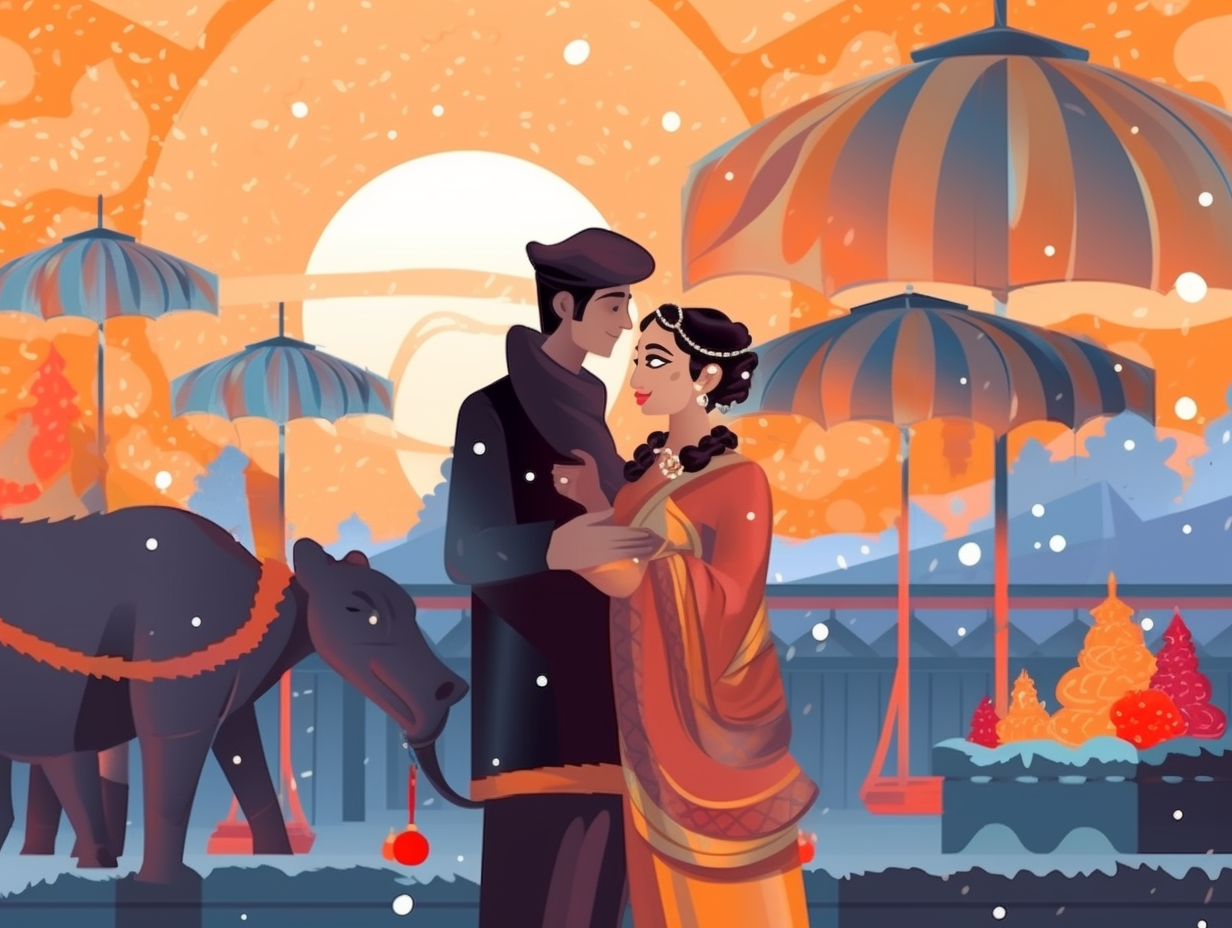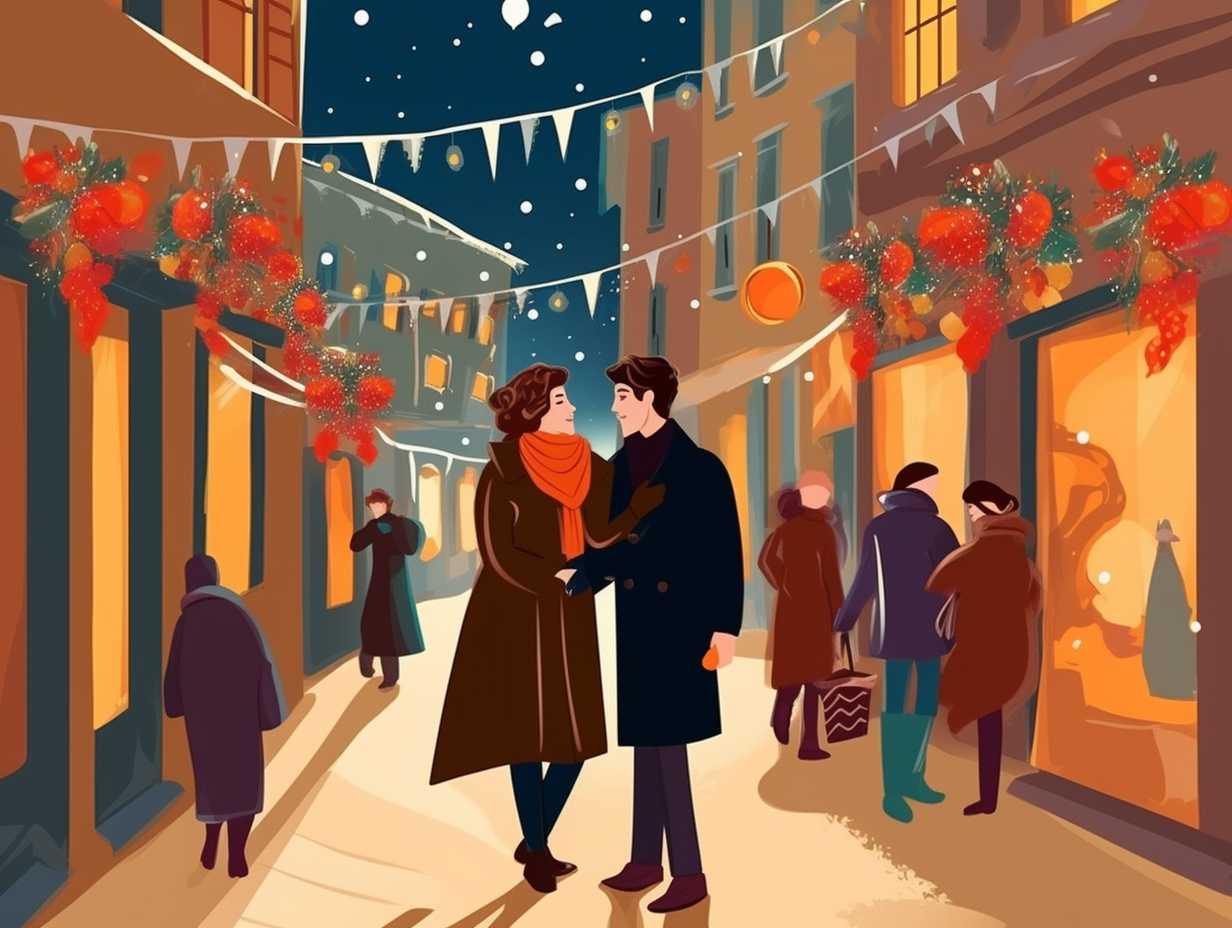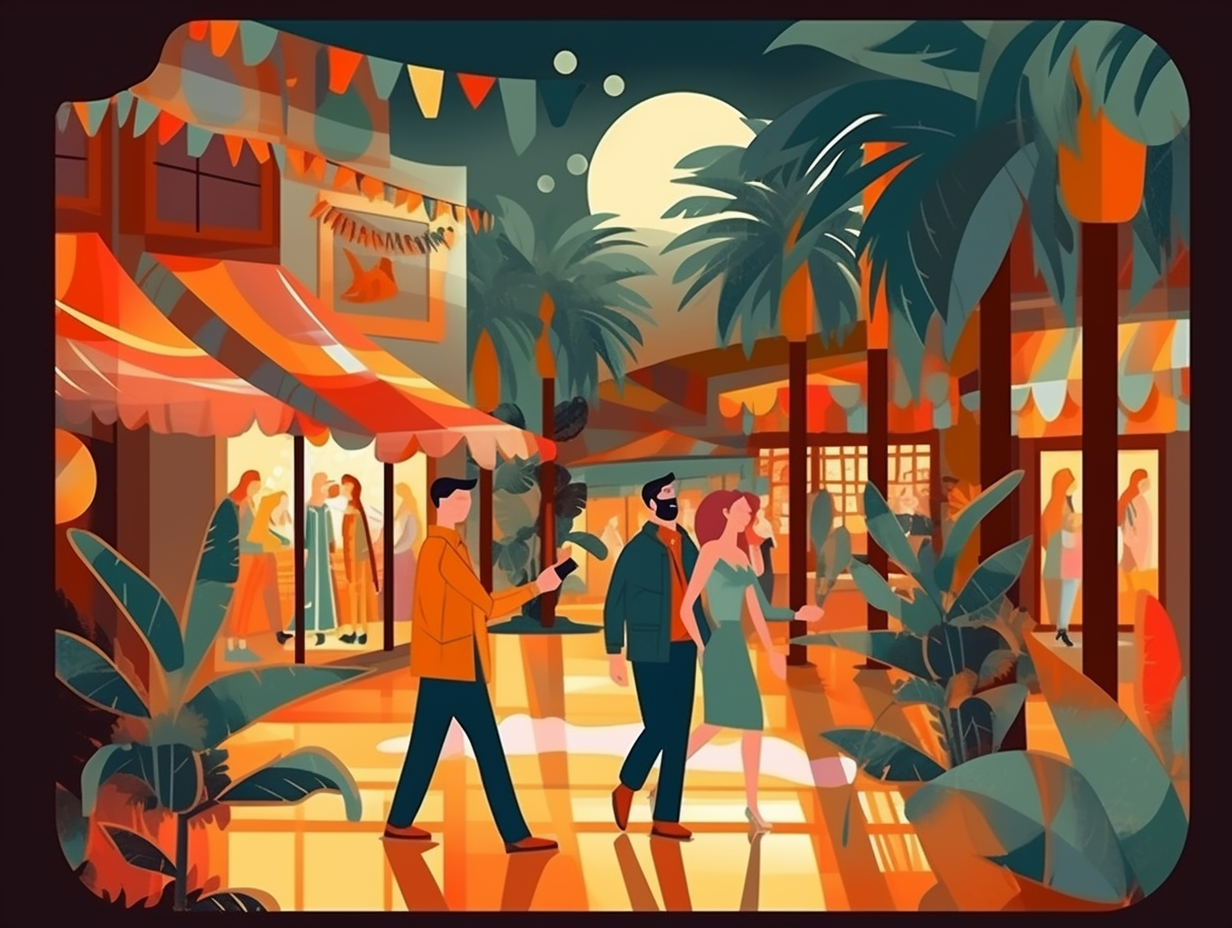10 Amazing Fun Facts About Piñatas You Never Knew: Discover the Exciting History and Traditions!

1. Piñata Globe-Trotters
Who knew piñatas were such globe-trotters, partying their way through China, Italy, and Spain before landing in Mexico and getting all smashed up: The origins of the piñata can be traced back to China, where it was a seed-filled hollow animal, before becoming a popular game in Italy and Spain, finally arriving in Mexico to be part of celebrations incorporating Aztec traditions with a papier-mâché and ribbon-covered clay pot symbolizing the seven cardinal sins.
Source => library.pima.gov
2. Piñatas: Sin Management Tools
Before they became the candy-stuffed stars of birthday parties worldwide, piñatas had a somewhat holier-than-thou career in sin management: These candy-filled vessels were first used in Mexican religious ceremonies by Augustinian monks to teach catechism, with the seven-pointed star piñata symbolizing the seven deadly sins, and the tempting treats inside representing the evils of temptation.
Source => en.wikipedia.org
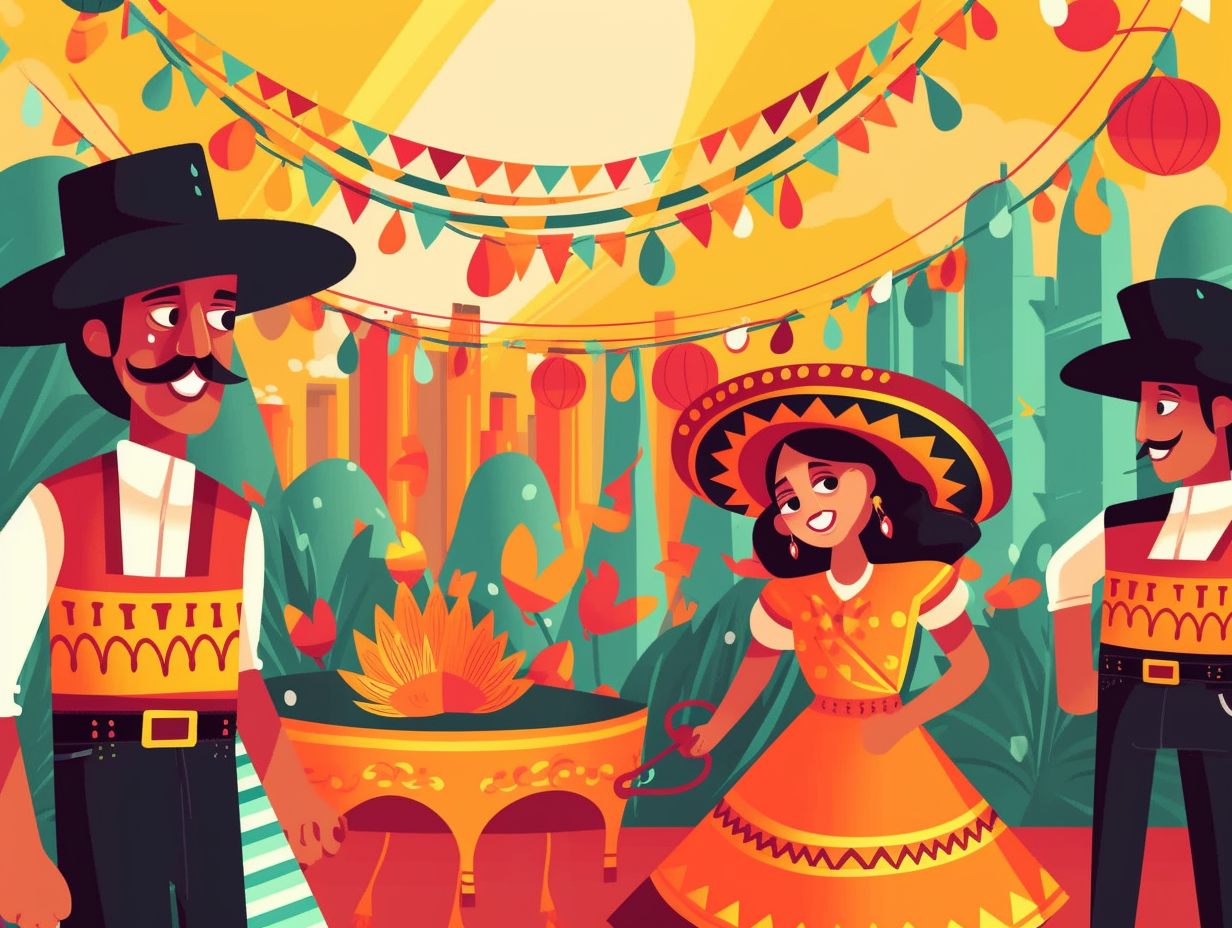
Did you know that Cinco de Mayo is celebrated more in the United States than in Mexico? Discover how this underdog battle story turned into a massive cultural celebration in cities like Los Angeles, Chicago, and Houston! 🎉🇲🇽
=> Fun Facts about Cinco-De-Mayo
3. The Smash-and-Grab Invention
Before the invention of the "smash-and-grab" technique was applied to grab bags at birthday parties, there were piñatas: delightfully deceptive creations filled to the brim with sweet somethings that you simply had to beat to submission. The serious reveal: These captivating contraptions, typically crafted into stars, spheres, or animals, originated in Italy and made their mark on Latin America's Las Posadas celebrations! Clay piñatas are filled with fruits, candies, and toys and are suspended in the air, daring blindfolded participants to wield a sturdy stick and unleash the goodies within.
Source => en.wikipedia.org
4. Don't Play with Your Food, Smash It!
Whoever said "don't play with your food" clearly never met a piñata: these colorful, candy-filled vessels have been delighting people for over 700 years, originating in China before spreading to Europe and the Americas. Once used for religious instruction and now ingrained in countless celebrations, piñatas serendipitously combine the thrill of smashing things and getting a sweet reward.
Source => backthenhistory.com
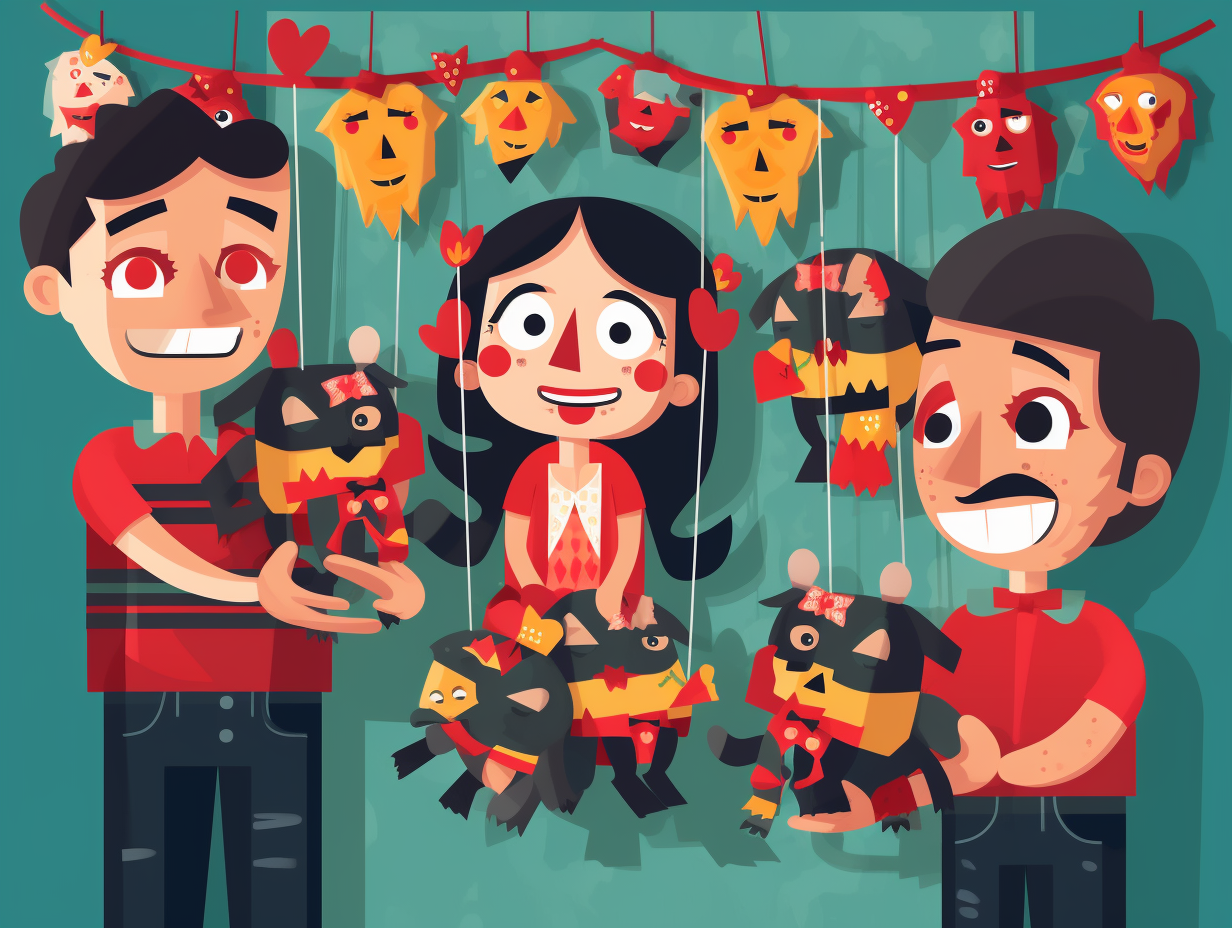
5. Seven-Pointed Star Piñata Tradition
Piñatas: the ultimate test of whether you can multitask hitting a suspended target while blindfolded, dancing around dizzy, and not smacking your friends in the process! This party staple across Mexican-American, Hispanic, Latino, and non-Hispanic communities usually comes in various shapes and sizes for different celebrations. But in Mexico, they still hold steadfast to the traditional seven-pointed star piñata, popular during Las Posadas and Christmas seasons.
Source => en.wikipedia.org
6. Whack-a-Piñata: Symbolism of Piñata Game
Ever wondered why pinatas like it when you give them a good whack? It's not just some masochistic party tradition: In a piñata game, the blindfolded participant represents the blind faith defying evil, the stick symbolizes virtue overcoming wickedness, and the candies and fruits inside stand for the temptations of wealth and earthly pleasures – finally raining down as a just reward for unwavering belief.
Source => redlandsranchmarket.com
7. Aztec Origins of Piñatas
Talk about a smashing party: Piñatas, the beloved colorful containers with hidden treats inside, can trace their roots back to the Aztec Empire! Originally, they were clay pots filled with seeds and adorned with bright feathers - a smashing good time for Aztec kids. They were later repurposed by Spanish Christian friars as a symbol of good versus evil, with the rainbow-colored, seven-pointed star piñata we know today representing both the devil and the star of Bethlehem, and the tasty insides representing the riches of heaven.
Source => vice.com
8. The Pointy Piñata Name Mystery
Before Sherlock Holmes could even deduce the secrets of piñatas, he'd first have to crack the curious case of the elusive "pin": Piñatas actually owe their intriguing name to the Italian word "pin," which means "a pointed object," a nod to the rather pointy cones that were once the pièce de résistance of North American piñatas.
Source => theplazarestaurant.com
9. Dizzy Piñata Hitters
Give the hitter a spin and let the hilarity ensue: To make piñatas an even more riotous affair, participants are often blindfolded and spun around like contestants on a dizzying game show before trying their luck at whacking the prize-stuffed piñata. Just be sure to keep spectators safely out of striking range when unleashing these wildly disoriented candy crusaders!
Source => rilesandbash.com

10. From Asian Bovine to Fiesta Staple
Moo-ve over, party games: the OG piñata was once an Asian bovine, dressed to impress with lucky symbols and colors for a bountiful harvest: The ancient Chinese piñata custom traveled to Europe in the 14th century, morphing into a Christian ritual during Lent, before the Spanish spiced it up with ribbons and paper. Fast forward to the 16th century, when this festive practice reached Mexican shores, and voila - it became the go-to fiesta staple for fun-lovers worldwide!
Source => en.wikipedia.org
Related Fun Facts


